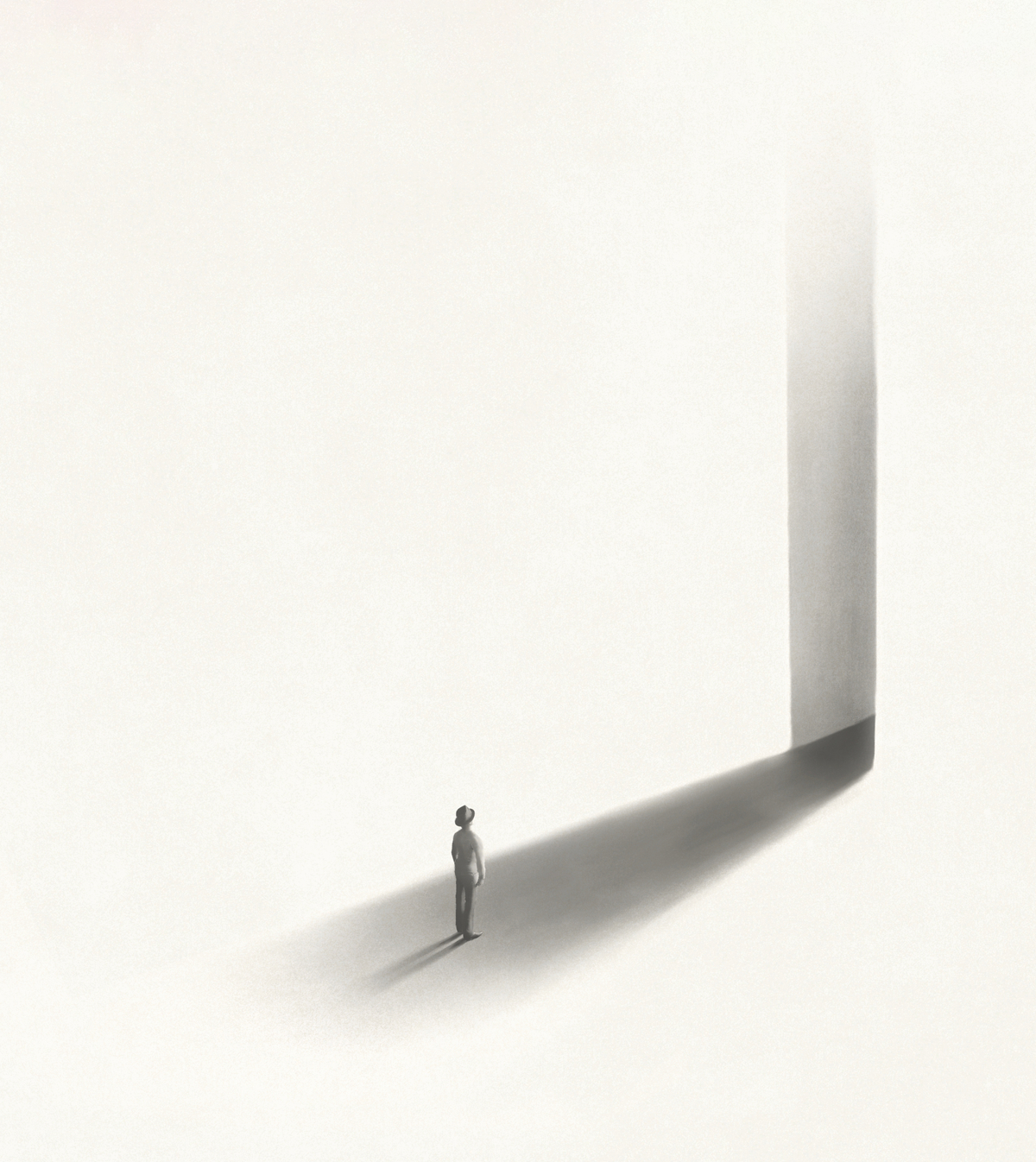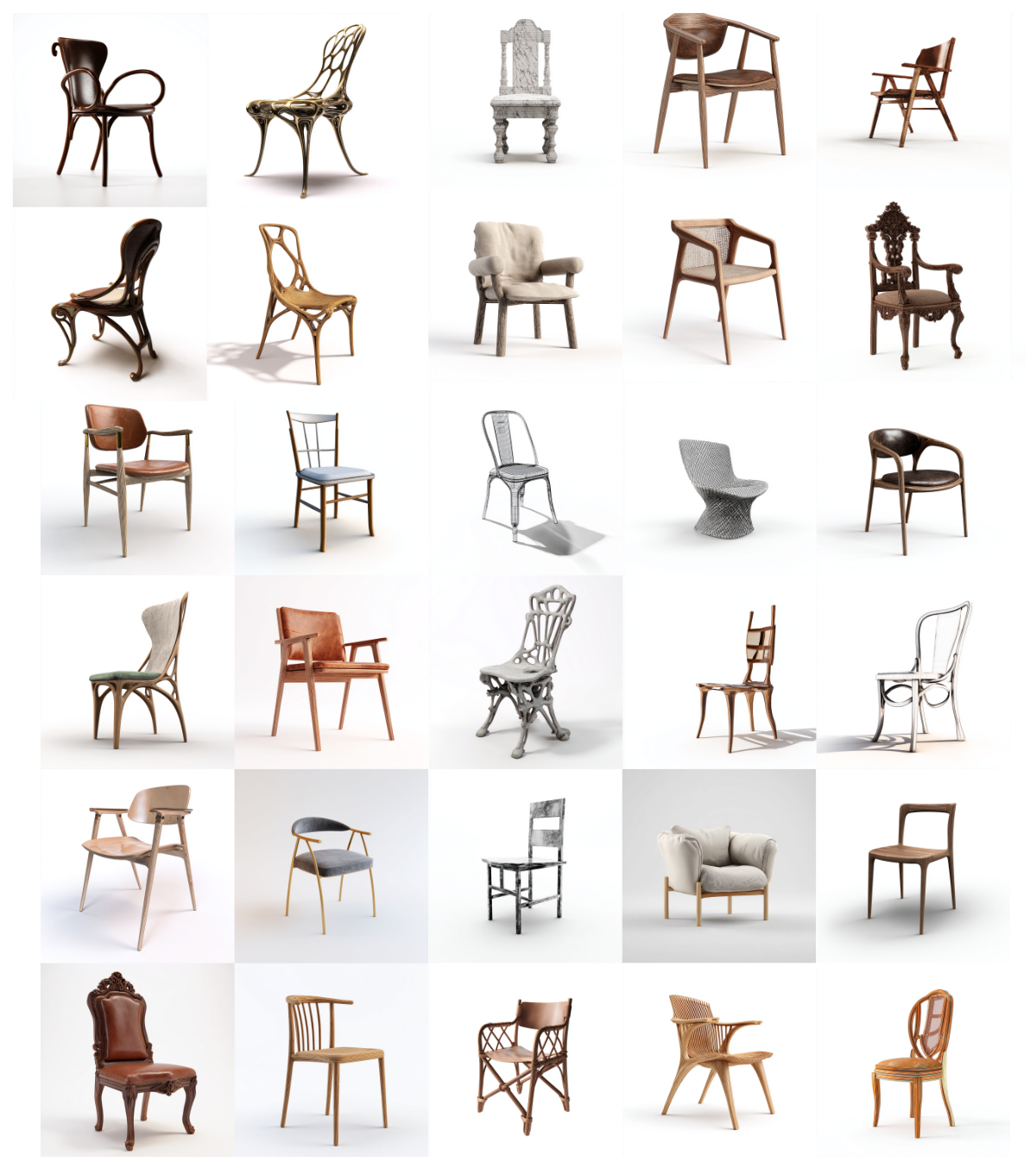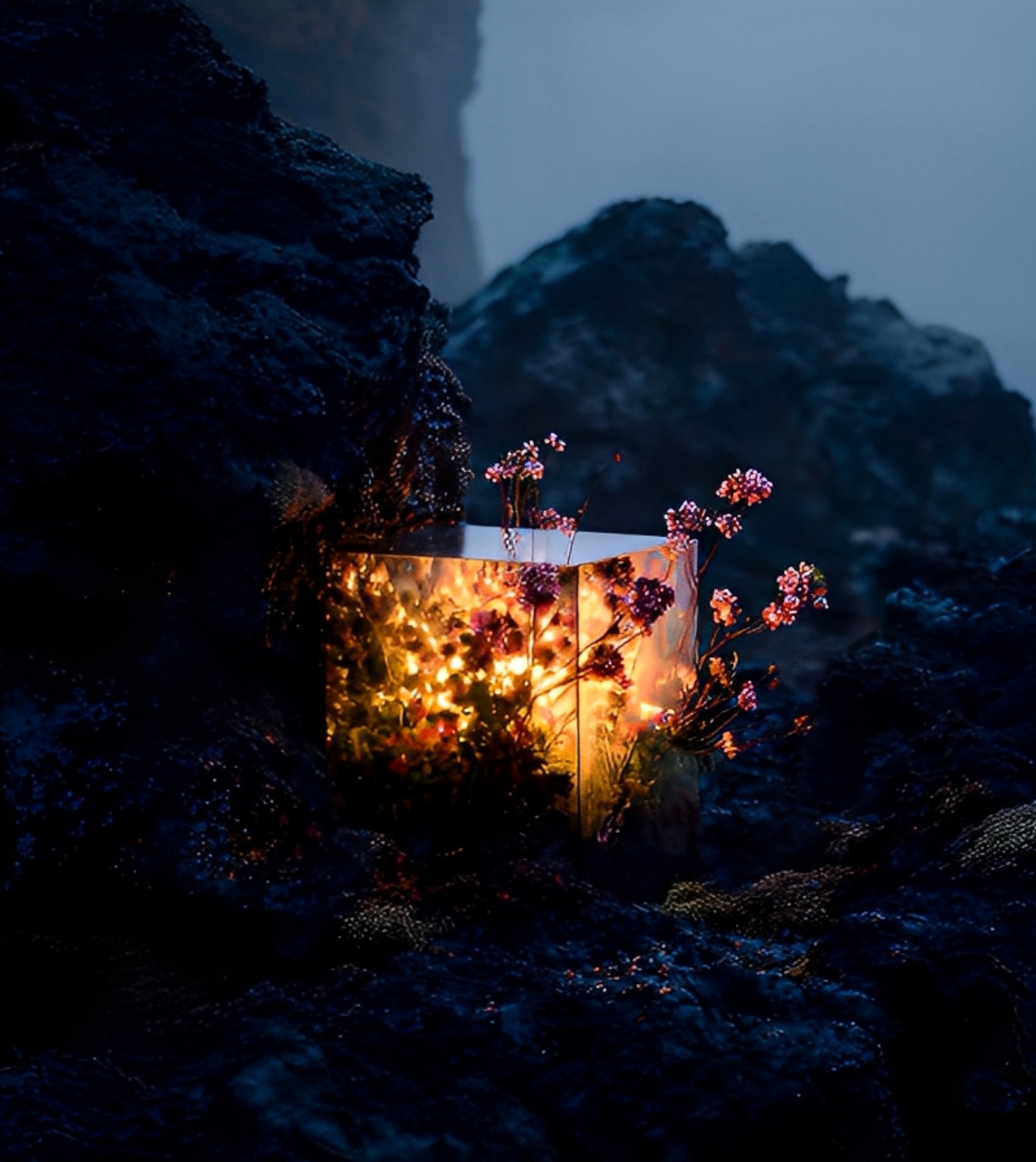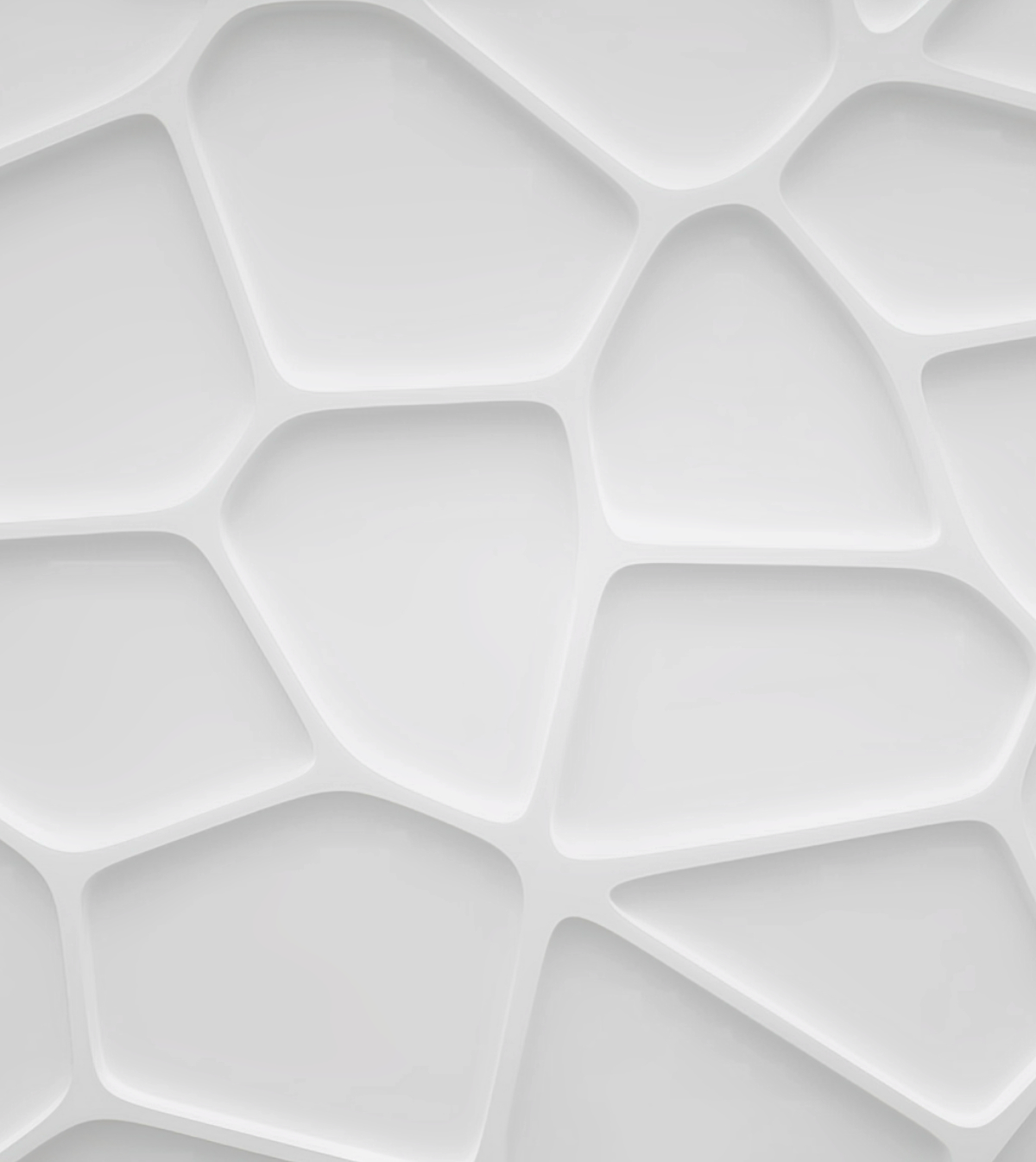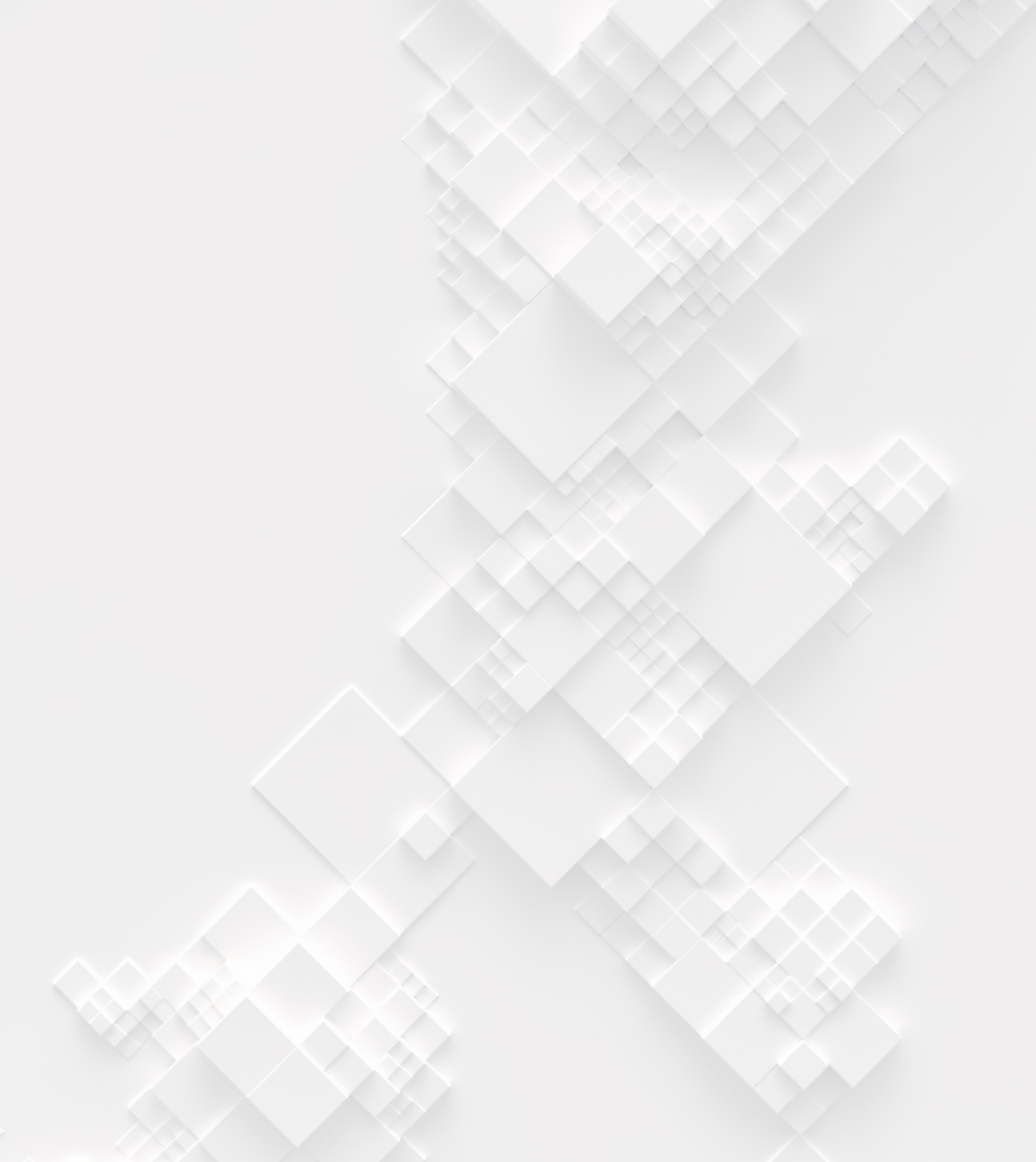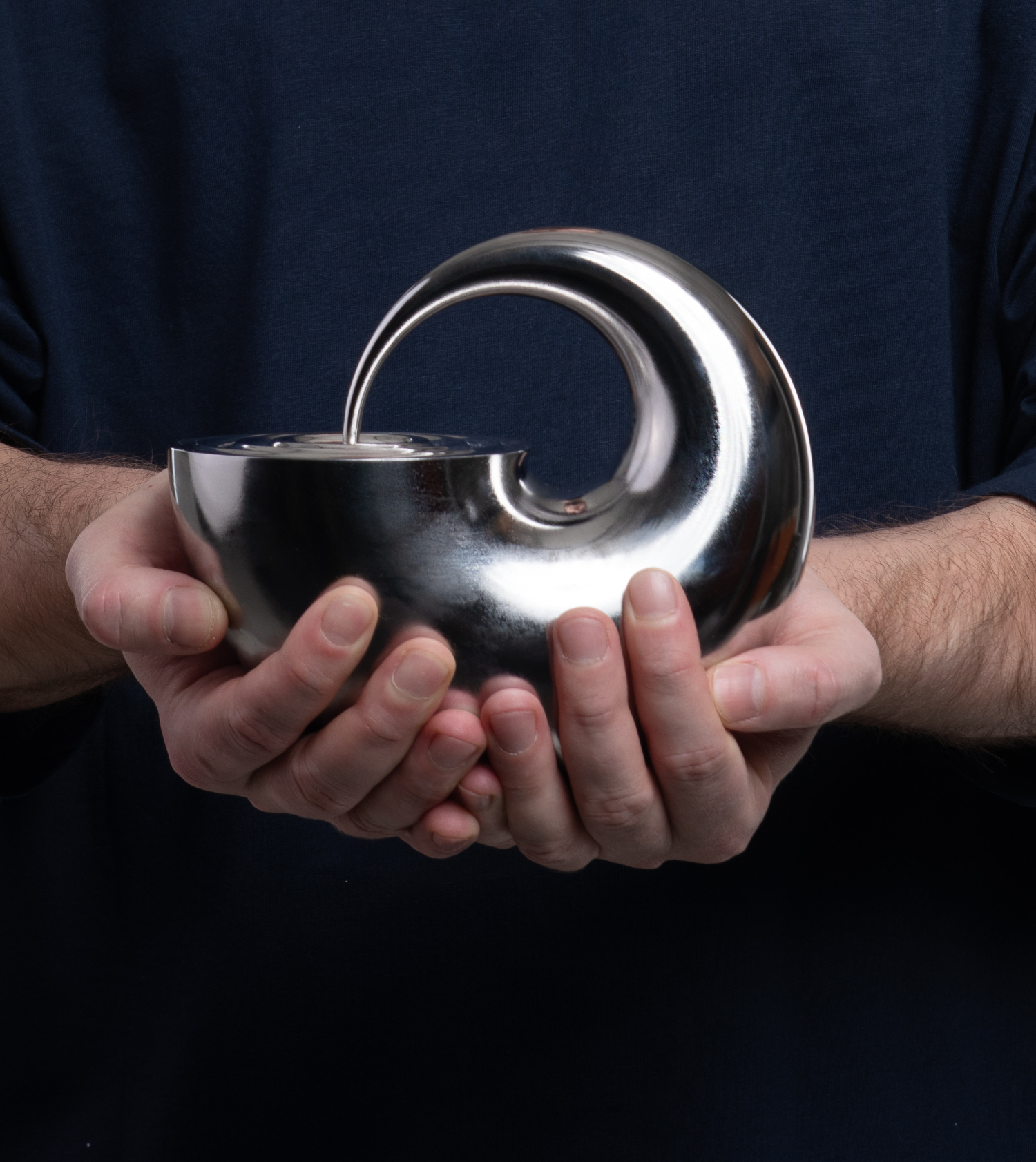We’d like to take the opportunity to introduce you to the Honorable mention winner of our Re:Form - New Life for Old Spaces competition – Jun-Kai Tseng from Taiwan!
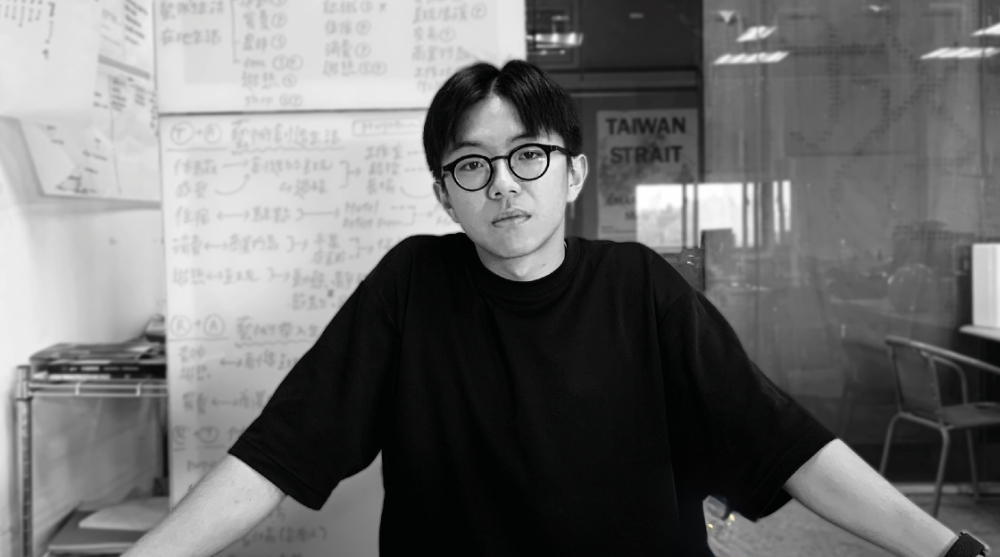
Jun-Kai Tseng
Please tell us about your company (when it was founded, where it is based, how many employees, etc) Alternatively, if you do not have a company, please give us some insights on your own professional/academia background.
I was graduated from the M.Arch II program in architecture. Since my undergraduate years, I’ve been passionate about architecture and have participated in numerous design competitions. My experiences range from urban-scale planning to architectural design, digital fabrication, and hands-on construction. During graduate school, I further focused on sustainable materials, which I aim to continue exploring in my future practice, with the goal of becoming a human-centered architect.
Brief information about the projects that you/your company have been involved with. For instance, what scale have you focused on/preferred, any significant projects where the company/ individuals have been Involved?
In the past, I’ve been involved in urban planning proposals such as Singapore’s Long Island development and participated in cross-strait construction competitions involving physical installations. More recently, my focus has shifted toward the research and development of local materials, applying them to regional architecture in order to create distinctive cultural and architectural identities rooted in place.
What does architecture mean to you and what is the role of an architect in your society?
To me, architecture is more than physical structures—it’s a cultural and environmental record. It reflects the way people lived, the technologies they had, and what they valued at that time. Unfortunately, under modernism, architecture has become increasingly homogeneous, often driven by economic efficiency rather than cultural depth. I believe architects today have a responsibility to restore the bond between people and their environment. We should design spaces that resonate with human experience, using materials and narratives that are locally grounded. Architecture should be a living expression of life, not just a technical solution.
Why do you participate in architecture competitions?
This competition offers a valuable platform to explore and test ideas that matter to me—particularly those related to sustainability, local identity, and material reuse. I see competitions as an opportunity not only to express design concepts but also to challenge conventional practices and propose systems that are more rooted in context. Through this project, I aim to demonstrate that architecture doesn’t have to rely on advanced technologies or expensive resources. Sometimes, the most meaningful spaces emerge from simple, overlooked materials—like local soil or agricultural waste—thoughtfully transformed to serve both people and place.
What advice would you give to individuals who struggle to decide whether it would be beneficial for them to participate in architecture competitions?
In my journey studying architecture, I’ve found great fulfillment when my ideas are recognized and appreciated. That sense of validation is powerful. Beyond that, I see competitions as a way to grow—by sharing my passion with others and learning through feedback and exposure. If you love architecture, competitions can be a meaningful way to both showcase your ideas and evolve through real engagement in the field you care about.
Top 3 Reasons Why You Should Enter Architecture Competitions
Curious about the value of architecture competitions? Discover the transformative power they can have on your career - from igniting creativity and turning designs into reality, to gaining international recognition.
Learn more

